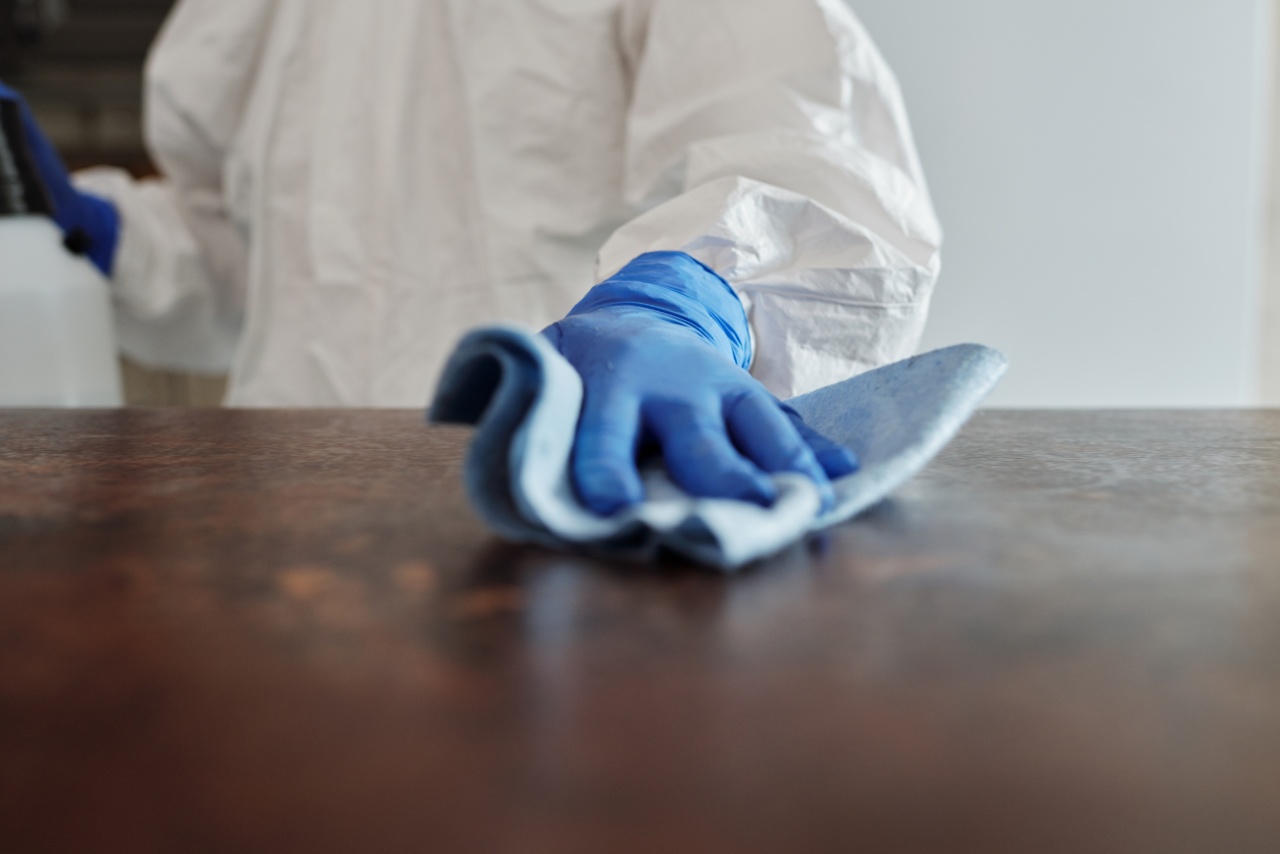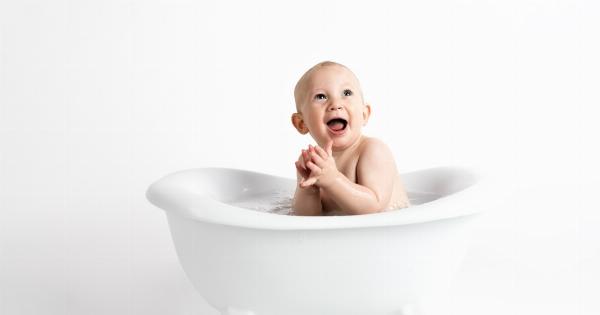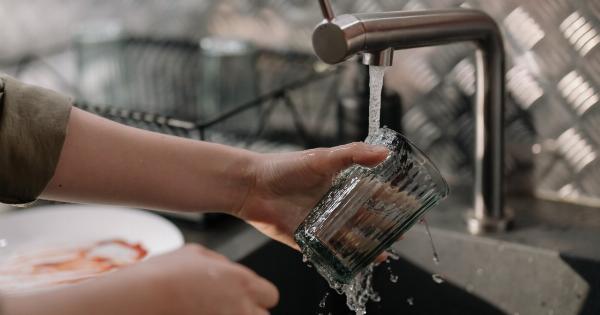As parents or caretakers, ensuring the cleanliness and hygiene of children is of utmost importance. Regularly cleaning their bodies helps prevent the spread of infections, keeps them healthy, and instills good hygiene habits from an early age.
However, when it comes to cleaning children’s bodies, it is essential to follow safety procedures and adopt appropriate practices to protect their delicate skin and overall well-being. In this article, we will discuss various safety procedures and provide helpful tips to make the process easier and safer.
1. Choose the Right Products
When it comes to cleaning children’s bodies, selecting the right products is crucial. Opt for mild, hypoallergenic, and child-friendly soaps, shampoos, and body washes that do not contain harsh chemicals or fragrances.
These products will be gentle on their delicate skin and minimize the risk of allergic reactions or skin irritations.
2. Maintain Proper Water Temperature
Ensure the water temperature is appropriate for your child’s age and comfort. Test the water using your elbow or a thermometer to ensure it is not too hot or too cold.
Lukewarm water is typically the best choice, as it helps maintain their body temperature and prevents unnecessary discomfort.
3. Be Mindful of the Eyes and Ears
When cleaning your child’s body, pay extra attention to their eyes and ears. Avoid getting soap, shampoo, or water directly into their eyes and use a clean, damp washcloth to gently wipe their face.
For the ears, never insert anything inside the ear canal – simply clean the outer area with a soft cloth.
4. Proper Washing Technique
When cleaning your child’s body, follow a systematic approach starting from the top and working your way down. Begin with their face, gently washing with water and a mild cleanser. Move on to their neck, arms, chest, belly, back, legs, and feet.
Pay attention to skin folds, such as armpits, behind the ears, and the diaper area, as these places are more prone to microbial growth.
5. Consider Bathing Frequency
The frequency of bathing your child depends on various factors, such as their age, activity level, and climate. Newborns and infants usually require bathing two to three times a week, while older children may need daily baths or showers.
However, excessive bathing can strip away natural oils and lead to dry skin, so find the right balance for your child.
6. Maintain a Safe Bathing Environment
Ensure the bathing area is safe to avoid accidents and injuries. Keep the floor dry and non-slippery, use a bathmat or nonslip stickers to prevent falls, and never leave your child unattended, even for a moment.
It is helpful to have all the necessary supplies within arm’s reach before starting the bathing process.
7. Proper Diaper Care
If your child wears diapers, it is crucial to maintain proper diaper care.
Change diapers frequently to prevent diaper rash, wipe the genital area gently with unscented baby wipes or a clean, damp cloth, and apply a diaper cream or ointment to protect their delicate skin.
8. Moisturize After Bathing
After bathing, gently pat your child’s skin dry with a soft towel and apply a mild, hypoallergenic moisturizer or baby lotion. This helps lock in moisture, prevents dryness, and keeps their skin soft and supple.
Avoid using heavily scented or adult-specific moisturizers.
9. Trim Nails Carefully
Regularly trim your child’s nails to prevent scratching and potential infection. Choose baby nail clippers or rounded scissors specifically designed for children.
Be cautious while cutting to avoid accidents and cut only the excess length, ensuring you do not cut too close to the skin.
10. Encourage Hand Hygiene
Teach and encourage your child to maintain proper hand hygiene. Washing hands with mild soap and water for at least 20 seconds helps prevent the spread of germs and illnesses.
Make handwashing a fun and engaging activity for younger children by using colorful soaps or singing a handwashing song.




























